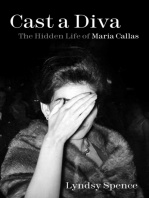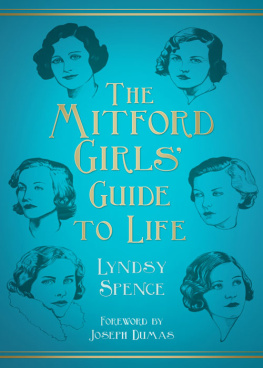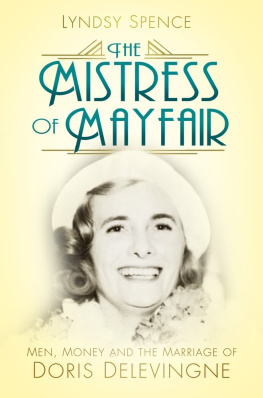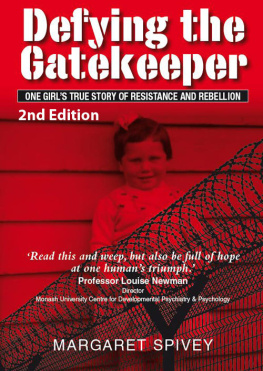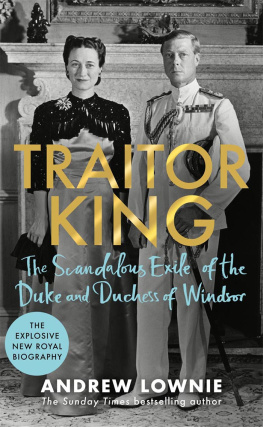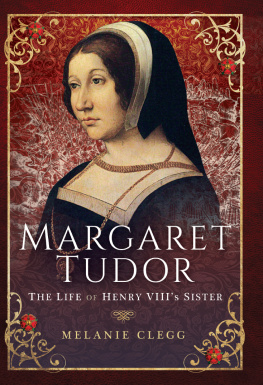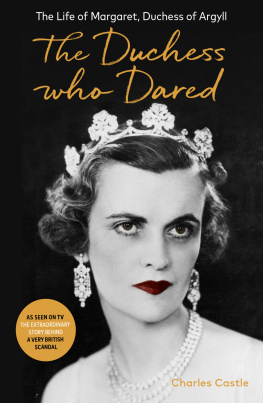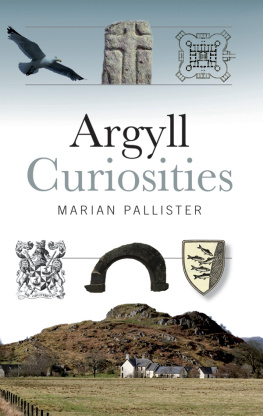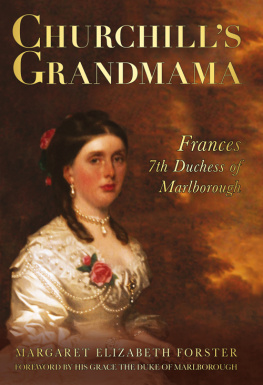Contents
Guide


She was an absolute demon; knockout green eyes, mesmeric you could not but stare into her eyes.
Vanity Fairs obituary of Margaret, Duchess of Argyll
Jacket Illustrations:Front: Margaret Campbell, Duchess of Argyll (19121993) at a Topic party, September 1961. (Photo by Sydney OMeara/Evening Standard/Hulton Archive/Getty Images)
Spine: Margaret of Argyll, photographed by George Outram & Co. (By kind permission of Tiree Historical Centre)
Back: (from left to right) Day one of Argyll versus Argyll, 1963 (Authors collection); Margaret, photographed at the Grosvenor House Hotel, 1992.(Reproduced by kind permission of Allan Warren); Ian Campbell at the Tiree Associations annual concert, circa 1950. Photograph by George Outram & Co. (By kind permission of Tiree Historical Centre); Inveraray Castle (Phil Sangwell); Margaret and Charles Sweeny, after their wedding at Brompton Oratory, 1933 (Authors collection)
First published 2019
The History Press
The Mill, Brimscombe Port
Stroud, Gloucestershire, GL5 2QG
www.thehistorypress.co.uk
Lyndsy Spence, 2019
The right of Lyndsy Spence to be identified as the Author of this work has been asserted in accordance with the Copyright, Designs and Patents Act 1988.
All rights reserved. No part of this book may be reprinted or reproduced or utilised in any form or by any electronic, mechanical or other means, now known or hereafter invented, including photocopying and recording, or in any information storage or retrieval system, without the permission in writing from the Publishers.
British Library Cataloguing in Publication Data.
A catalogue record for this book is available from the British Library.
ISBN 978 0 7509 9106 3
Typesetting and origination by The History Press
Printed and bound in Great Britain by TJ International Ltd
eBook converted by Geethik Technologies
CONTENTS
ACKNOWLEDGEMENTS
Although the scandal surrounding Margaret, Duchess of Argyll, occurred half a century ago, it continues to haunt those who were involved. Many people were reluctant to speak of Margaret, hardly surprising given the themes of libel and slander that were common in her life. On that note, I should like to thank those who helped me by sharing their anecdotes of Margaret, candidly and confidentially, for offering an insight into her character, and also to those who granted me permission to reproduce photographs: April Ashley; Janet Bowler at Tiree Historical Centre; Steve Chibnall; Lord Gowrie; John Halsey; Beverley Jackson; Danny Johnson; Colin Jones; Nicholas Maxwell; Keith McIntyre at Scottish Field; David Niven Jr; Michael Thomas; Michael Thornton; Allen Warren; and Professor Sally Wheeler. I also extend my gratitude to Lady Violet Manners for her early enthusiasm in the project.
1
CARELESS PEOPLE
B efore Margaret existed, her mother Helen thought babies were a luxury; something to be anticipated, a rarity.
She was born Ethel Margaret Whigham on 1 December 1912 at The Broom, a house on her maternal grandparents 30-acre estate in Newton Mearns, Scotland, 7 miles outside of Glasgow. Then a small village, it smacked of ordinariness, even dreariness; the several big houses and the railways and roads leading to Glasgow and Ayrshire provided employment for the working classes, and the area was popular with the middle classes who commuted to their jobs in the city. Given the lifestyle Margaret was born into, and the woman she was to become, the place of her birth was symbolic of herself; a girl from a family of mixed fortunes who, albeit briefly, rose to one of the highest ranks of the aristocracy.
Margarets father, George Hay Whigham, was an industrious man and a self-made millionaire. This ingenuity was perhaps the result of his forefathers precarious fortunes, beginning in the twelfth century when they were given the lands of Dundas by King David I of Scotland and ending with his father, David Dundas Whigham, who had lost his inheritance of almost 1 million in the City of Glasgow Bank collapse of 1878. and four daughters) was born to parents who had known wealth and who, at the time of his birth, were grappling with the economics of raising a large family. Stories of their hardship might have been exaggerated, for the 1881 census listed the Whigham family as living at Dunearn, a spacious cottage, with a parlour maid, a cook, a governess and a nursery maid. At the age of 17 George left school and worked for 30s a week as an apprentice civil engineer at Forman & McCall, a Glasgow firm which headed the commercial development of western Scotland. Having served his time of five years, George was appointed resident engineer on the Lanarkshire and Ayrshire Railway. He also attended night classes to study accountancy, and by the age of 25 he was not only a qualified civil engineer but also a chartered accountant. George was tall, dark and handsome; his clever brain saw him ascend the corporate ladder, but it was his looks that caught the attention of society women.
One woman in particular stood out; her name was Helen Marion Hannay, the daughter of Margaret (ne Richardson) and Douglas Mann Hannay, a rich cotton merchant. Helen was beautiful, capricious and spoilt; her parents had given her everything she wanted but they were not prepared to let her marry a penniless man. Thus after a conference with Douglas, George was given an ultimatum: he could marry Helen if he were to earn 500 a year, a daunting task for any young man. In January 1905 George left for Egypt, determined to earn the figure set, but he must have detoured and travelled to New York, as the Civil Engineer List of 1905 recorded him as working for the Cuban Railroad Company at their offices on Broadway.
Given the privileged circumstances into which Georges parents were born, it came as a surprise when they, too, discouraged a marriage between their son and Helen. They doubted a rich mans daughter could make George happy. And they were also sceptical when George wrote from Khataba, where he was engaged as manager of the Wardan Estate Company, to say he expected an increase in his salary. A little too strongly couleur de rose, his mother remarked. Eighteen months later, on 8 August 1905, George and Helen were married, after which she became estranged from her parents and was cut off financially. The couple lived in genteel poverty in Egypt, and Helen recalled those years, childless and living off Georges modest salary, as the happiest of her life.
In the spring of 1912 Helen and George moved to New York, where he was to assist Sir William Van Horne with the design and construction of the Canadian Pacific Railway. They stayed with Georges brother, Jim, the editor of Town and Country magazine, at the apartment on Park Avenue that he shared with his wife, Frances, and newborn daughter, Sybil. Soon after their arrival Helen became pregnant, an untimely discovery, as George was planning to leave for Cuba
A baby did not signal a new beginning for the two families, and neither did Helens gesture of naming her child Ethel Margaret, after her sister and mother, It was in America that Margarets childhood began, and a part of Helens life ended.


